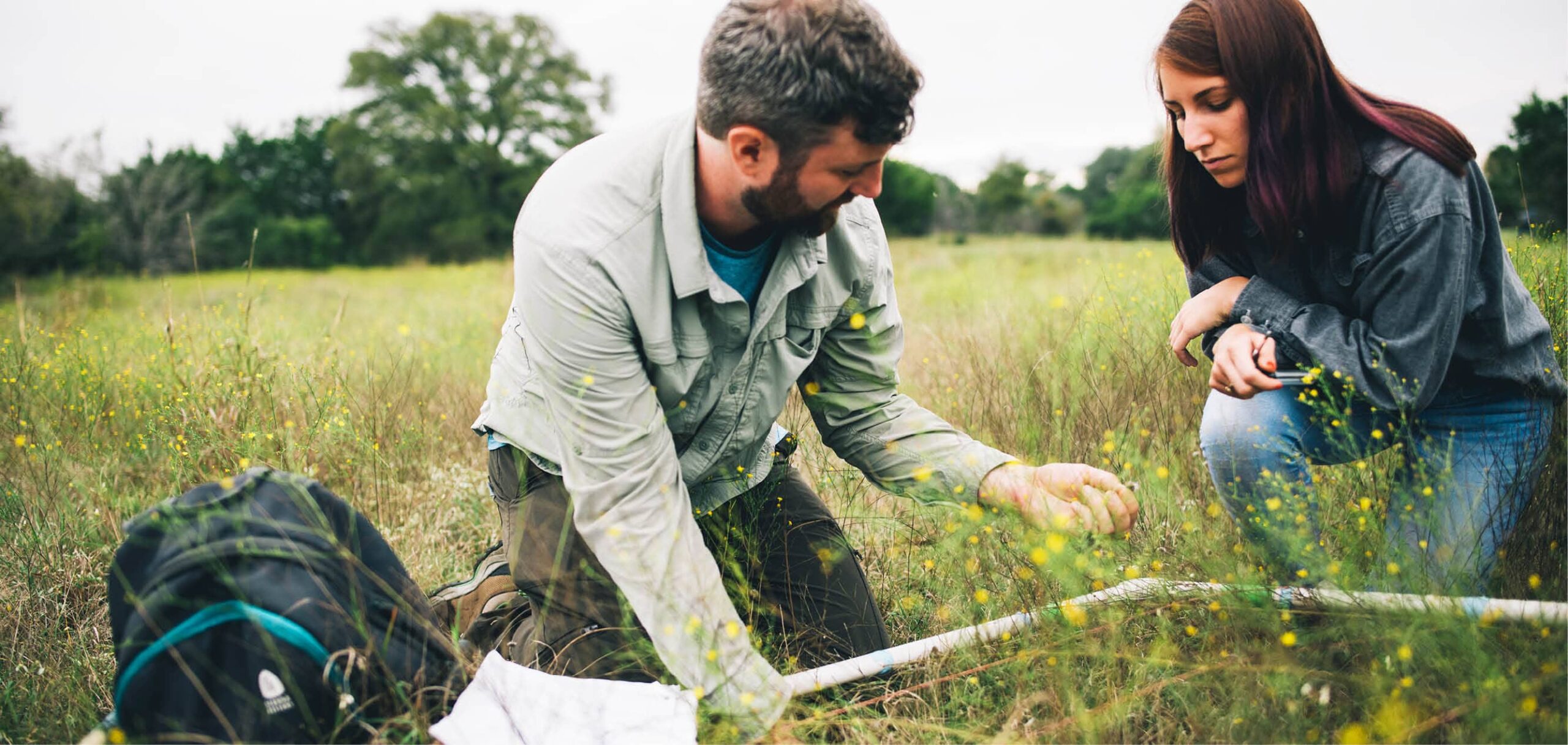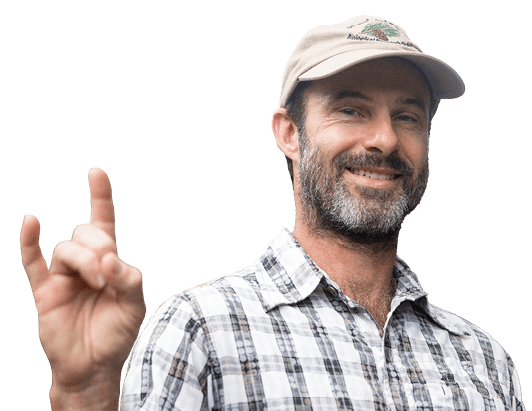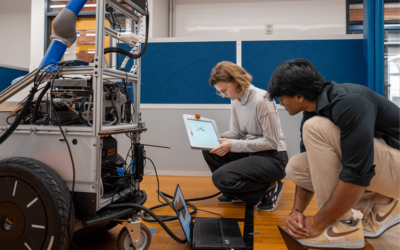You’re Protecting Texas’ Natural Resources

Any Texan can tell you: Our state’s ecosystems are changing. But how much? How quickly? And what does it mean for us?
With the support of alumni and friends like you, scientists and students across The University of Texas at Austin are working hard to answer these questions, advancing knowledge about our state’s past, understanding more about our present, and building a bright future where we can preserve our land, water and other natural resources.
They do much of that work at field stations — research sites where biologists, geoscientists, architectural researchers, engineers and other experts conduct important research on the interwoven tapestry of land, water and living resources that power local economies, Texas’ agricultural industries and communities around the state.
“A field station is like a living laboratory,” says Steven Gibson, B.A. ’04, resident manager of the Stengl-Lost Pines Biological Station. “It’s a place for all the things you can do in science that don’t take place in a lab.”
UT’s Texas Field Station Network, a group of research sites around the state, was built on the support of alumni and friends like you. Some gave the land on which the field stations now operate, but many more contribute annually so that UT’s students, faculty and researchers have the funding to conduct the long-range environmental research we need to tackle our state’s biggest environmental challenges.

Steven Gibson, B.A. ‘04
Resident Manager, Stengl-Lost Pines Biological Station
Steven Gibson, B.A. ‘04
Resident Manager, Stengl-Lost Pines Biological Station

Last year I worked with an undergrad on a water-related project. Each of her water samples had to be processed, and every time she ran a series of tests, that was $30 or $40. Having some funds that she could draw from, rather than having that cost come out of her pocket, made it possible for her to do that work.”
“Long-term access to protected spaces allows scientists to tackle the most pressing ecological problems of our time, and lets students experience learning about natural resources in ways they carry with them over a lifetime,” says David Vanden Bout, dean of the College of Natural Sciences.
In just the past few years, donors like you have supported UT faculty and students as they’ve used field stations to research pollinating insects that can benefit Texas’ $2 billion cotton industry, and strategies to control damaging invasive species, like ants that destroy electronics and grasses that fuel wildfires.
Your gifts are supporting today’s discoveries that will protect Texas’ natural resources for future generations.
World Changer
More from this series
It Starts with You
A message of gratitude from Vice President David Livingston.
Your Impact Through 40 for Forty
A look back on this year’s 40 Hours for the Forty Acres, Longhorn Nation’s annual day of giving.
UT is Changing the World Through AI
UT has designated 2024 as “The Year of AI” and is equipping students and learners alike with a multidisciplinary focus on AI innovation and research opportunities.


